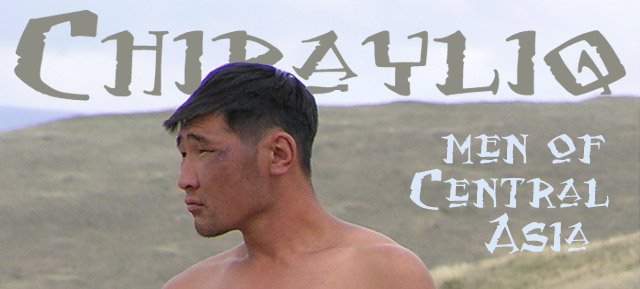 Google provides a huge amount of professional photography from the archives of LIFE Magazine for free. Many of the photos have never been published before. There are some incredible treasures there, colour photography from the early 20th century, intimate portraits, fascinating documents by great masters, all searchable - like these photographs of the Turkish brigade in the Korean War 1950-1953 by Carl Mydans.
Google provides a huge amount of professional photography from the archives of LIFE Magazine for free. Many of the photos have never been published before. There are some incredible treasures there, colour photography from the early 20th century, intimate portraits, fascinating documents by great masters, all searchable - like these photographs of the Turkish brigade in the Korean War 1950-1953 by Carl Mydans.What did they do in Korea? Here's an excellent article (and cute comments). Most of the soldiers were recruited in the eastern part of Turkey, from little villages in the mountains. Many of them left their homestead for the first time in their lives, when Turkey (which had been neutral in World War 2) decided to show support for the Western powers and join the UN forces in Korea. They had to endure more than almost arctic weather conditions, difficult terrain, a relentless enemy, communication problems with the English-speaking command and cultural shocks:
"The Turks favored a heavy, substantial bread containing non-bleached flour along with thick, strong, heavily sweetened coffee." If the rumours about American bleached toast and dishwater are true, poor Turkish tummies!

Seriously, the Turks made an enduring impression on their Allies, first with their exotic appearance, later with their battle prowess:
"The Turkish soldiers’ fierce appearance, flowing mustaches and great knives were a war correspondent’s dream come true."
There were some blood-curdling stories about them: "Certain Turkish patrols always reported high body counts when they returned from patrols. Headquarters always scoffed at the high numbers, much higher in fact than any other unit, until the Turks decided to bring the enemy bodies back and dump them at headquarters for the body count."
It was also reported: "They really prefer to be on the offensive and handle it quite well [...] They are not as good at defensive positions, and certainly never retreat."
The 1st Turkish brigade suffered heavy losses in the war, and the participation drew criticism in Turkey of political reasons. However - nobody questioned the fact that the soldiers and their officers did the best they could under extremely difficult circumstances.


From a previous article on the history of the Tatars in Japan, we know that the Japanese Tatars, most pre-war stateless refugees from the USSR, received the opportunity to apply for Turkish citizenship due to their efforts on behalf of Turkish wounded during the Korean War.
 I just have to take the liberty and include a portrait of the American photographer himself. I won't guess what Carl Mydans' ethnic background was, but he was too cute to miss :D
I just have to take the liberty and include a portrait of the American photographer himself. I won't guess what Carl Mydans' ethnic background was, but he was too cute to miss :D















4 comments:
What an interesting collection of Turkish gents in Korea! Thumbs up! :)
I find it ironical, that you got and displayed so many pix of handsome Turks IN WAR TIME, although we can´t see some of them in time of peace (peace?). I´ve got nothing against Turks (except that Kurds too should be respected), but I simply don´t like to watch soldiers´ or policemen or warriors´ photos, while there are many other fantastic good men that we never see. Sorry.
Dear Anonymous #2, I'm sorry too, and I find it most ironical that you would pass judgment on our blog without checking out the tag "Turkey" in the right hand navigation: you will find that 12 out of 13 of our posts about Turks concern themselves with Turks in peace time.
This blog has in total 154 posts, and only 21 of them are about soldiers (the existence of the posts about soldiers has more to do with the large amount of soldier photographs available in the media than any personal preference of ours - we are both anti-war). And there are no policemen here whatsoever.
many thanks for the article. korean war is one of the relatively dark, undiscovered area of the Turkish Republic. I don't think there is a specific selection of the soldiers it's not the army's policy you can find out a very wide spectrum within the brigades (10 brigades to be precise) sent. 3.227 losses (killed, wounded, lost...) out of 15.000 soldiers. We were paying the price of being part of the NATO. Those times there was no distinction at least in the army of the Turk, Kurd etc...
Many thanks again for the post, reminded me lots of things.
Post a Comment